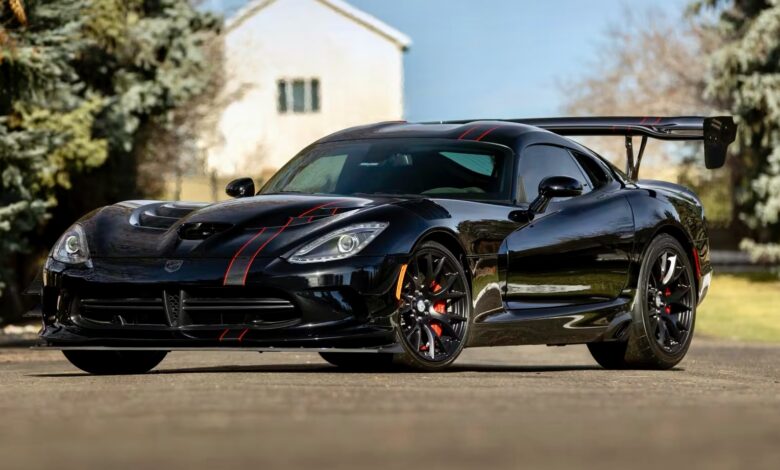
At the upcoming Mecum Glendale auction on Saturday, March 9th, car enthusiasts will have the chance to lay their eyes on a truly exceptional piece of automotive history: a 2017 Dodge Viper ACR VoooDoo II Edition. This particular model holds the distinction of being No. 21 out of only 31 ever produced, making it an incredibly rare find.
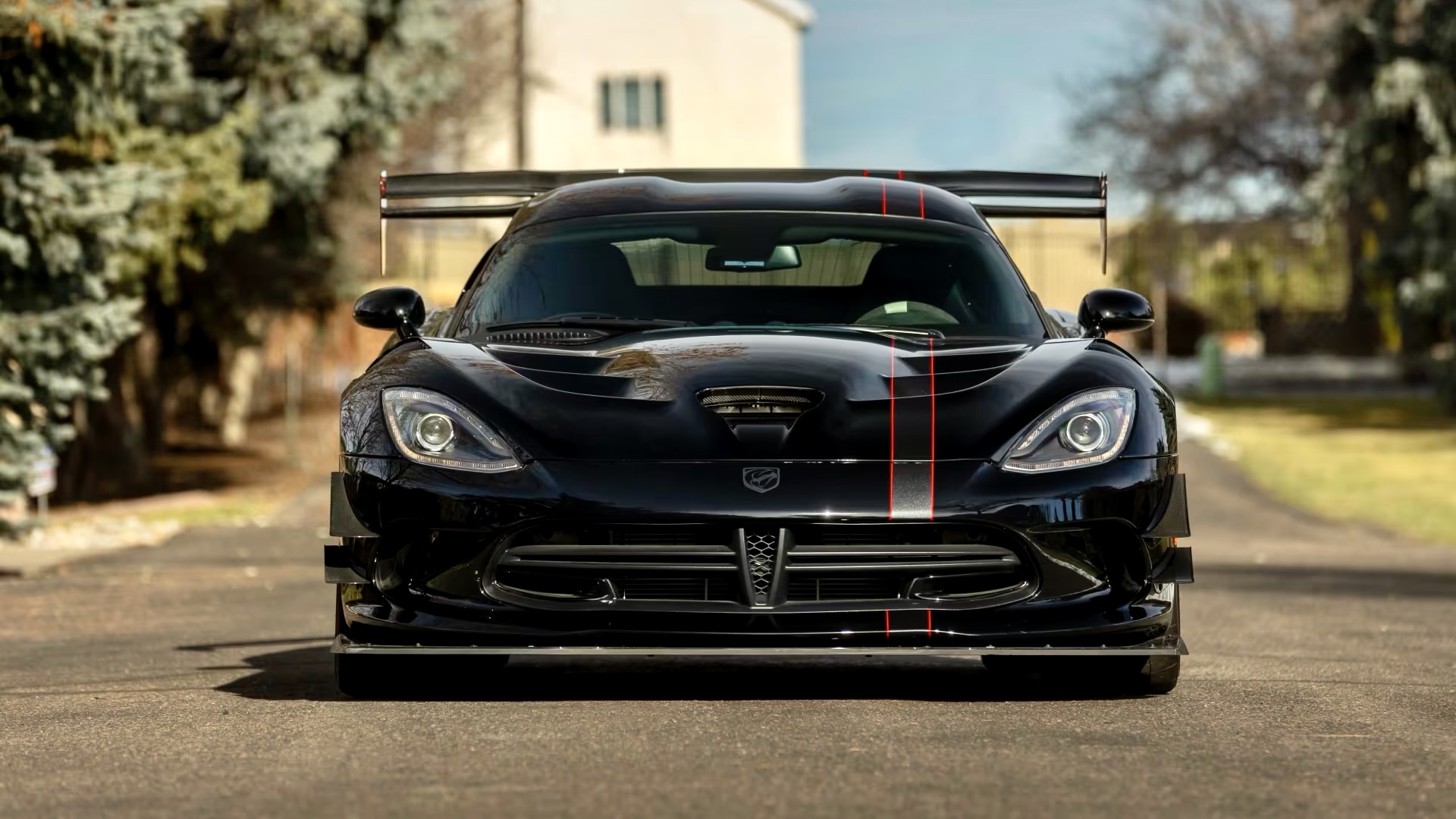
What makes this Viper stand out is not just its exclusivity but also its sheer performance. Under the hood lies a formidable 8.4-liter (512 cubic-inch) VIPER V-10 engine capable of unleashing a staggering 645 horsepower and 600 lb.-ft. of torque. Paired with a 6-speed manual transmission, this powerhouse is designed to deliver an exhilarating driving experience.
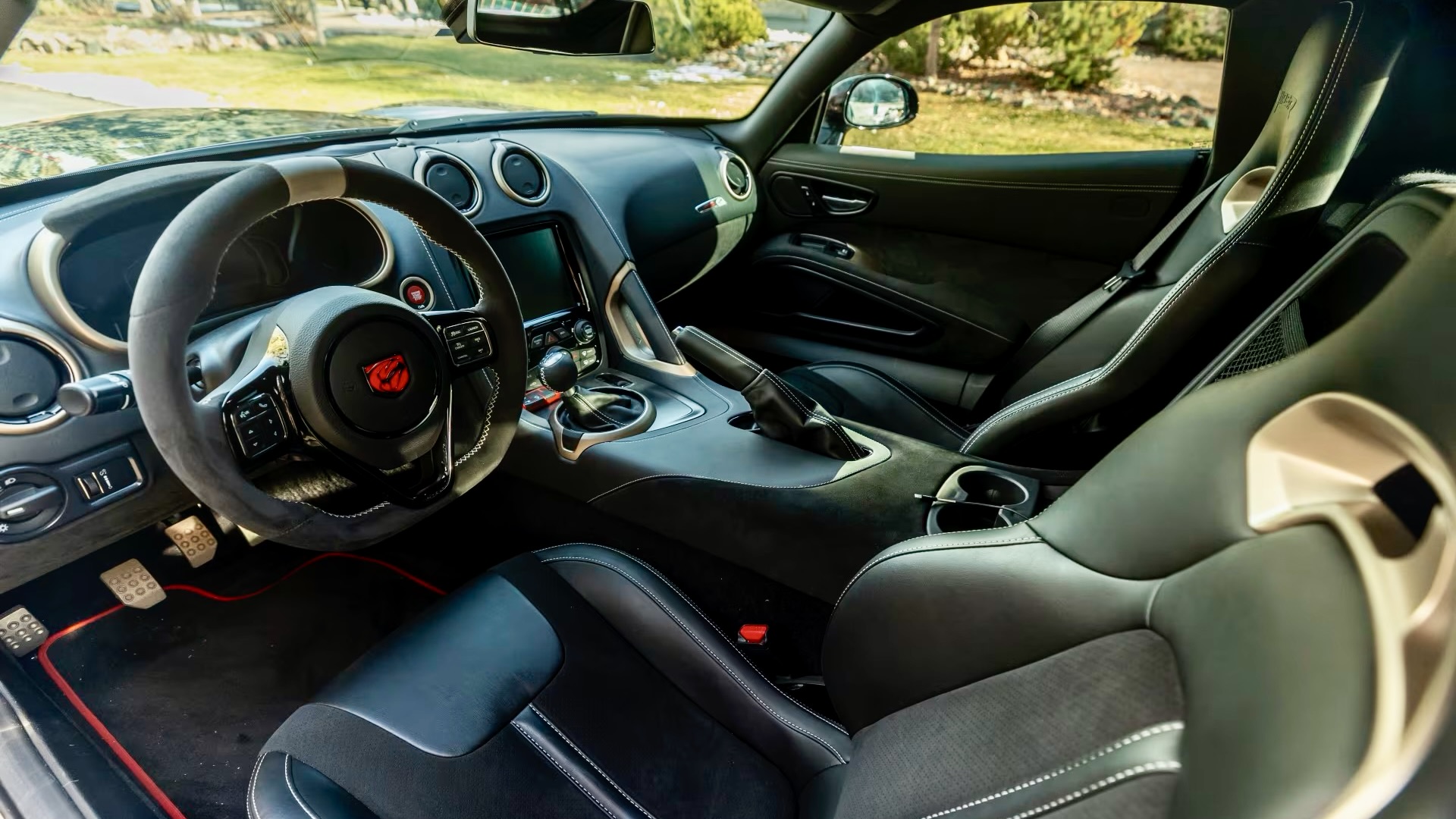
But power is only part of the equation. This Viper comes equipped with advanced features like electronic launch control, traction control, and stability control, ensuring that all that muscle can be harnessed effectively. Brembo carbon-ceramic brakes with red calipers provide the stopping power needed to rein in this beast.
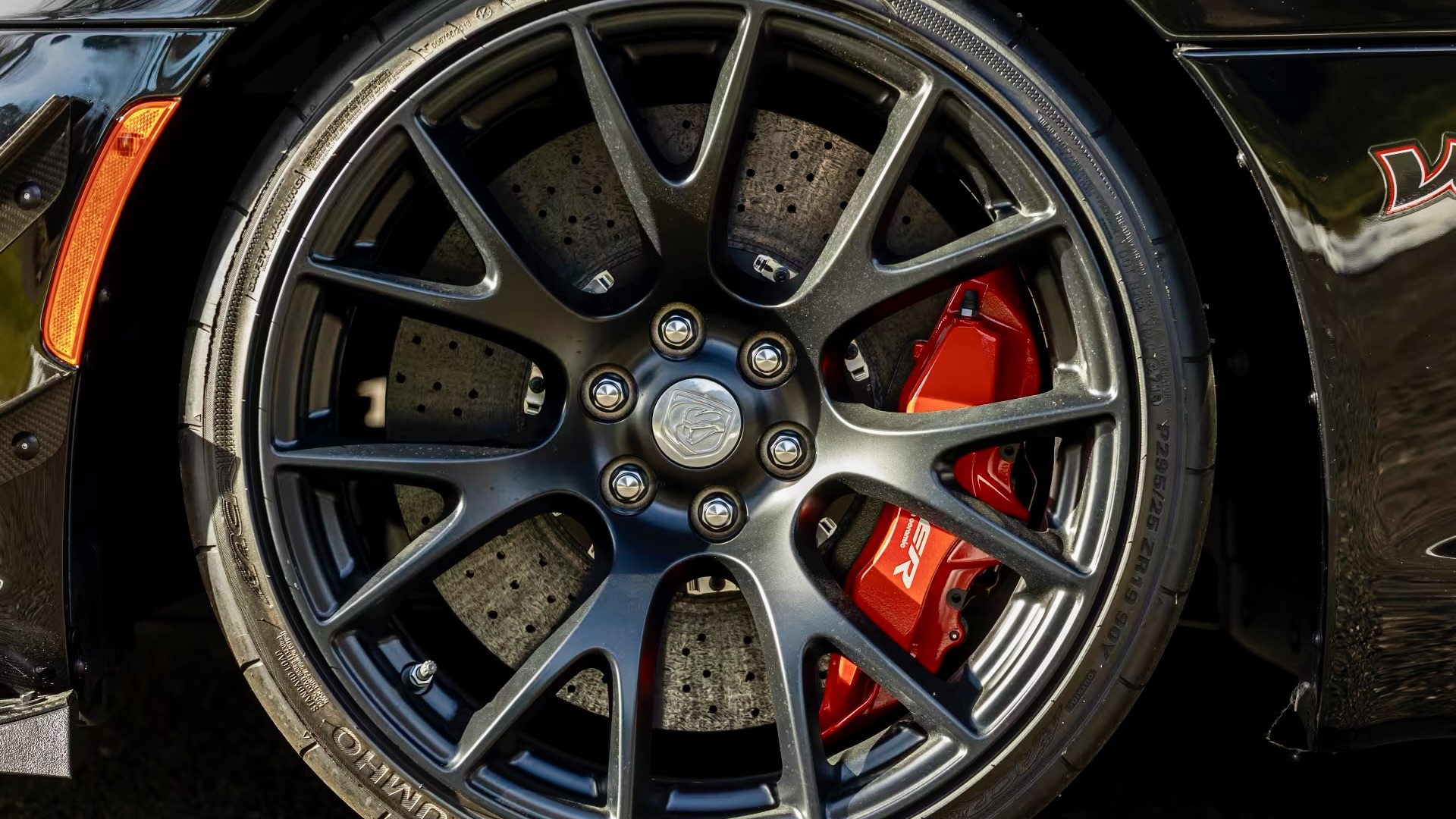
Visually, the VoooDoo II Edition commands attention with its Venom Black paint and striking VoooDoo II driver stripe. The interior is equally impressive, boasting high-grip Alcantara leather seats, a Uconnect 8.4-inch touchscreen display, and a Harman Kardon audio system.
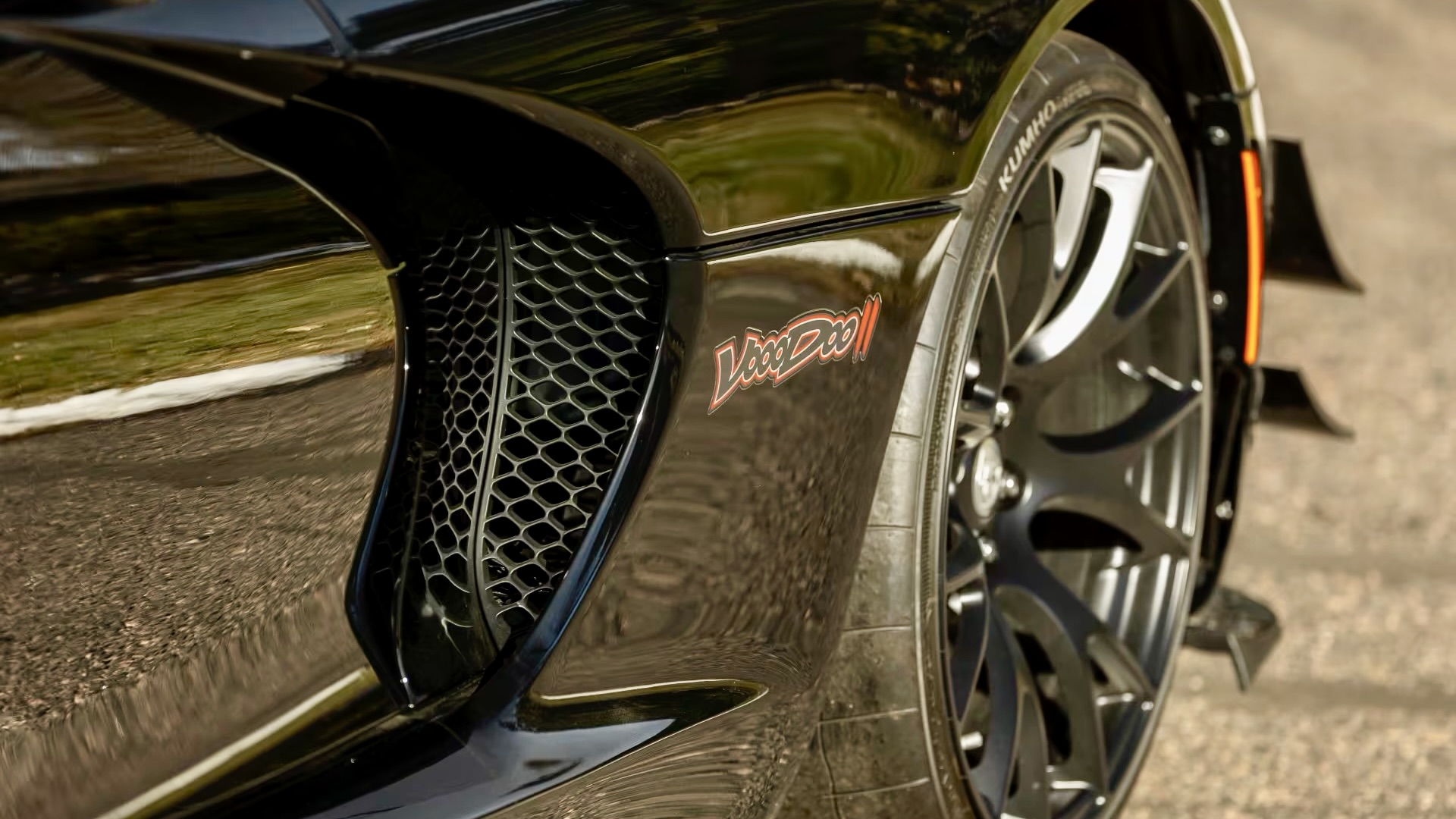
In terms of optional equipment, this Viper is loaded with extras, including the ACR package, Extreme Aero package, VoooDoo II Edition package, and Customer Preferred package 22K. These add-ons not only enhance performance but also elevate the car’s aesthetics and overall appeal.

With only 270 miles on the odometer, this Viper is practically brand new, making it a rare opportunity for collectors and enthusiasts alike. Whether you’re drawn to its exclusivity, performance capabilities, or striking design, this 2017 Dodge Viper ACR VoooDoo II Edition is sure to cast a spell on anyone who lays eyes on it at the auction. And with no reserve set, it’s anyone’s chance to own a piece of automotive history.


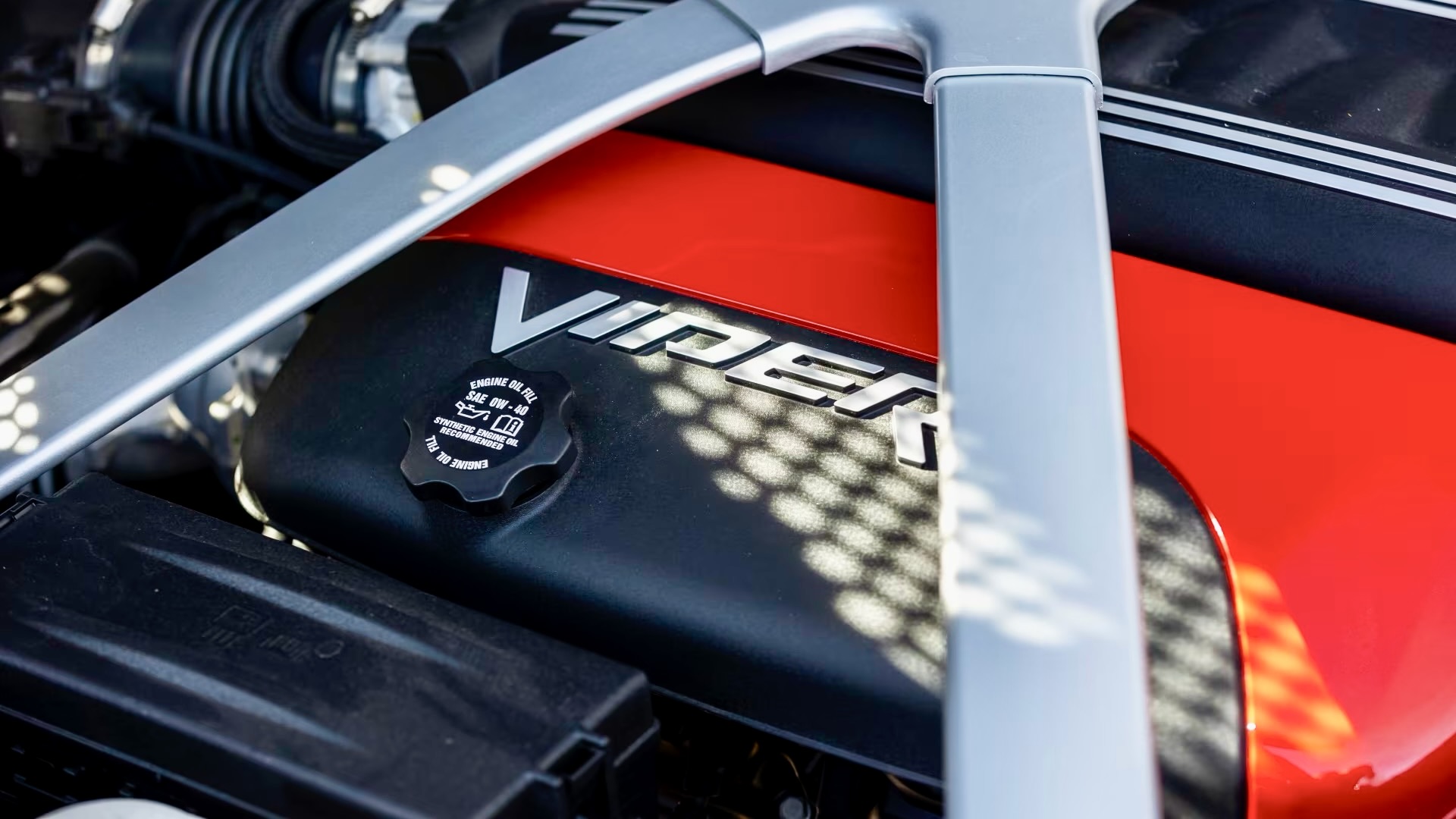
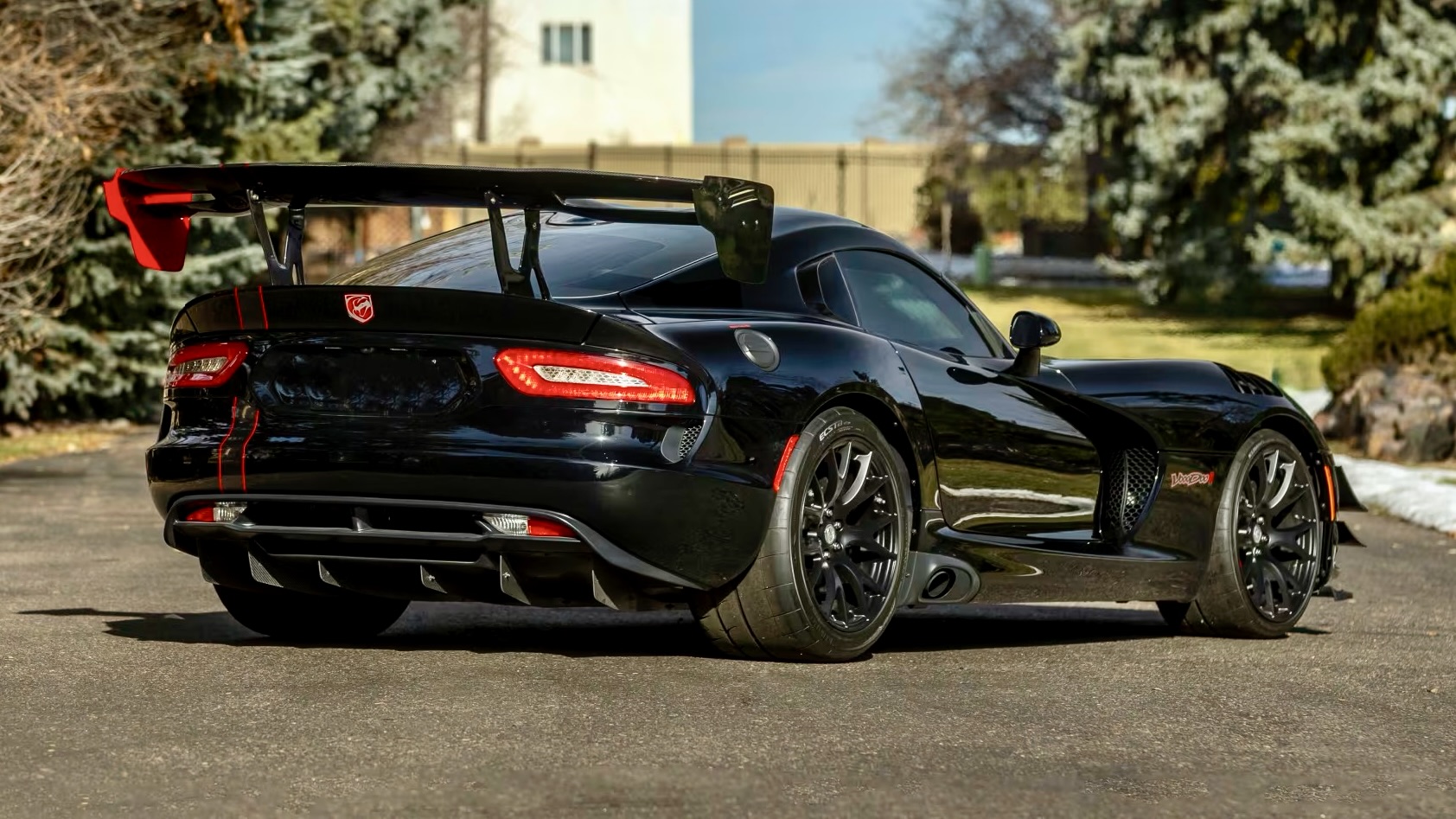
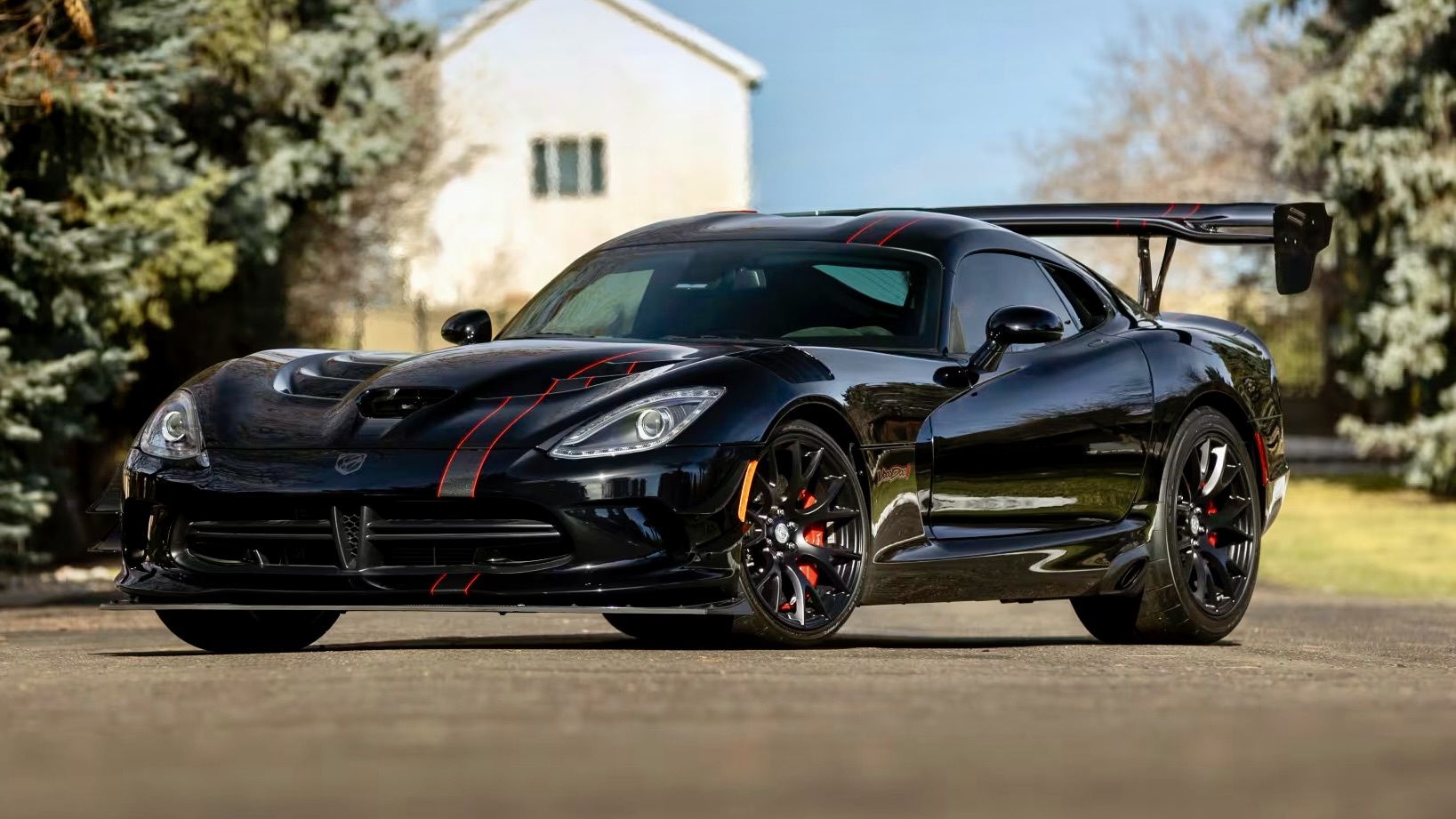
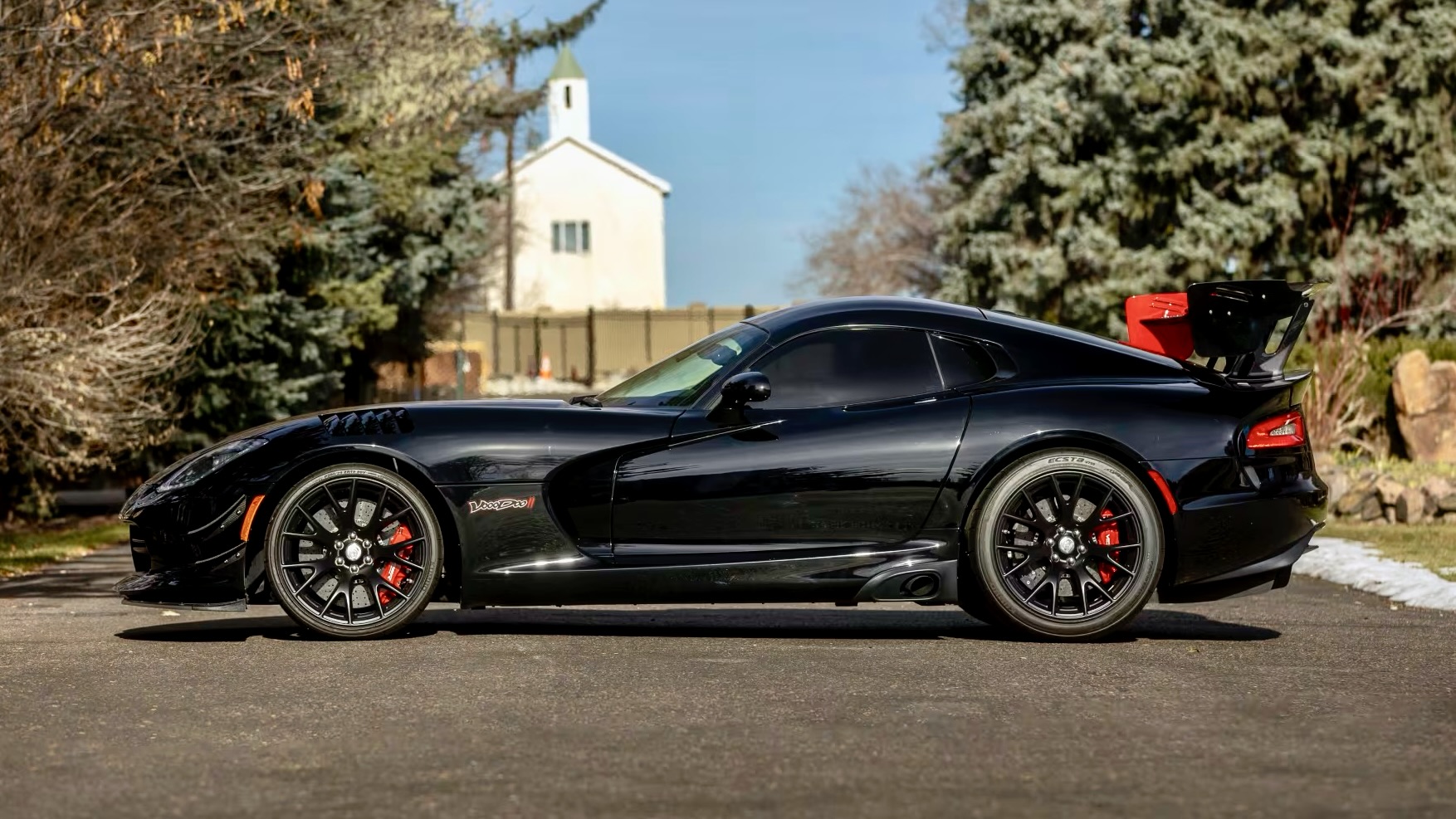
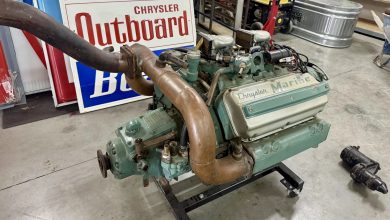
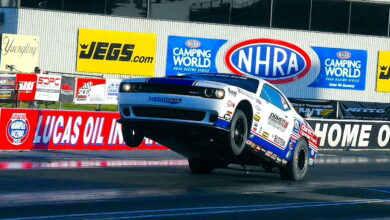
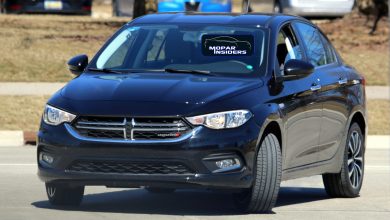
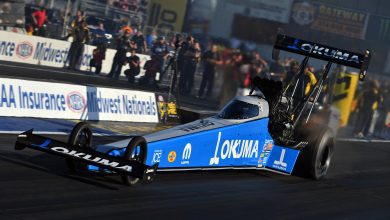
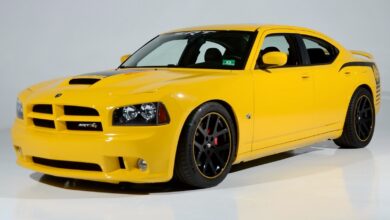
No replies yet
Loading new replies...
Join the full discussion at the Mopar Insiders Forum →